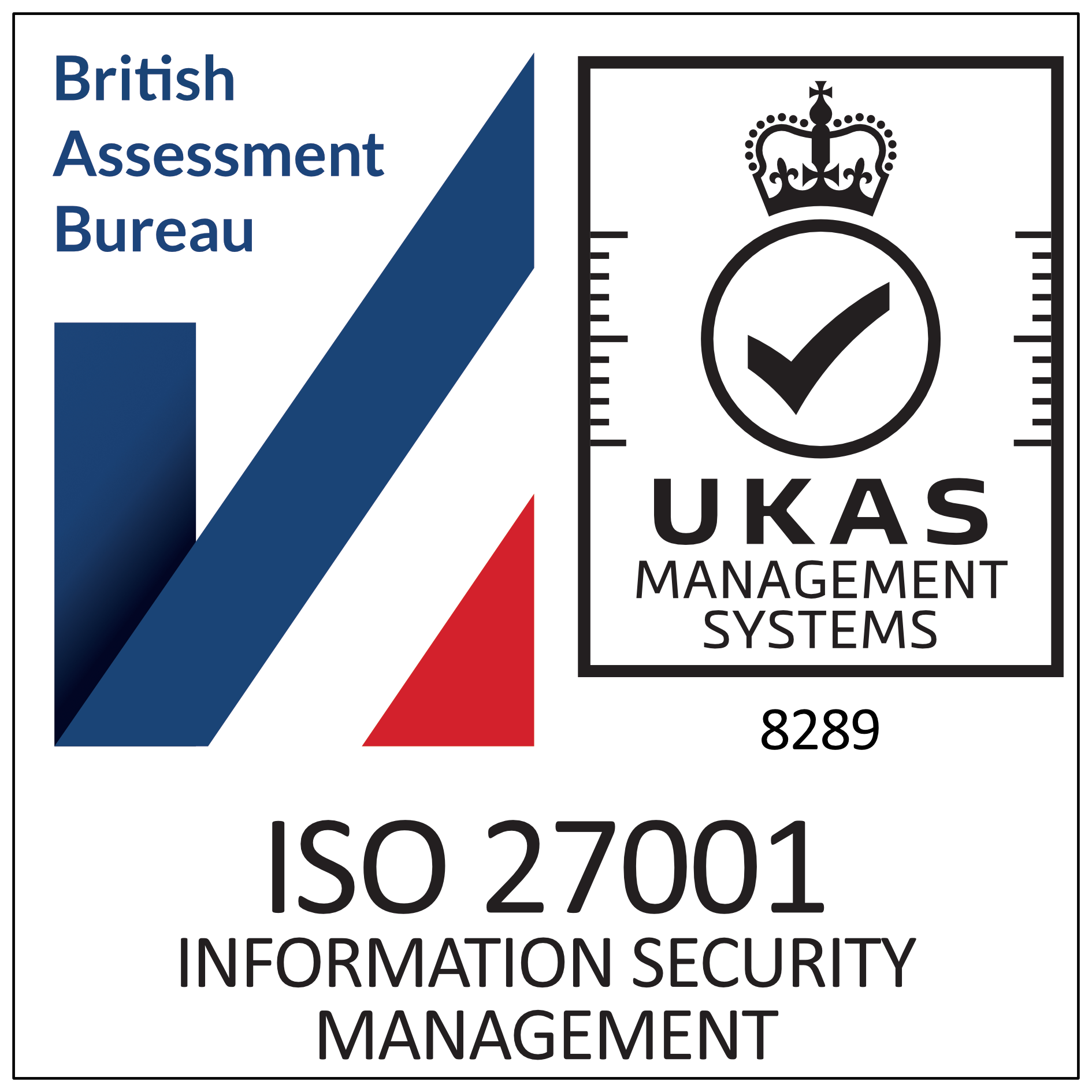Tenancy Deposits and Property Inventories
What is a Tenancy Deposit?
A Tenancy Deposit is a sum of money paid by the tenant at the start of the tenancy. It acts as security for landlords in case the tenant breaches their obligations under the terms of the tenancy agreement. Most landlords will chose to take a Deposit as it provides financial protection and encourages tenants to look after the property.
Tenancy Deposit Rules in England
Requesting a Tenancy Deposit is not a legal requirement, however, If a landlord takes a Tenancy Deposit, they must comply with the Housing Act 2004 by:
- Protecting the deposit in a government-approved Tenancy Deposit Protection (TDP) scheme within 30 days of receiving the deposit; and
- Providing the tenants with “Prescribed Information”, explaining how their deposit is protected and the circumstances under which deductions may be made.
Failure to comply with deposit protection rules can result in serious consequences and a landlord may be ordered to repay they deposit to the tenant in full and pay a financial penalty of up to three times the deposit amount. There may also be implication is regaining possession of the property. Landlords should refer to the Guidance for Landlords on Tenancy Deposit Protection.
Deposit Caps and the Tenant Fees Act 2019
Landlords must comply with the Tenant Fees Act 2019, which has strict limits on deposit amounts, and bans certain fees. Under the legislation:
- Holding Deposits are capped to one week’s rent; and
- Security Deposits are capped to five weeks’ rent if the yearly rent is £50,000; or six weeks rent if the yearly rent is £50,000 or more
If a landlord or letting agent breaches the deposit cap rules, they will face financial penalties and enforcement action by local authorities. Landlords should refer to the Guidance Note: Tenant Fees Act 2019 (England) and Tenant Fees Act 2019 (England) Matrix.
For landlords in Wales, there are different rules under the Renting Homes (Wales) Act 2016. Landlords should refer to Renting Homes Wales for specific requirements.
Property Inventories
A property inventory is an important document in a residential tenancy, especially if there is ever a dispute concerning the Tenancy Deposit. The inventory should be a detailed record of the property’s condition and contents at the beginning of the tenancy. Without a thorough property inventory, landlords will struggle to justify deductions. For this reason Tenancy Inventory Schedule are strongly recommended as best practice. Guidance Note: Property Inventories provides more detailed information on property inventories.
Landlords should also consider use of Tenancy Inspection Checklist for Residential Landlord during the tenancy, and the Residential Tenant Letter for Check-out Inventory for end of tenancy.
Explore the full range of tenancy deposit guidance, documents and templates in the list below:
- Landlord’s Holding Deposit Agreement for AST (England)
- Guidance for Landlords on Tenancy Deposit Protection
- Receipt for Tenancy Deposit
- Prescribed Information about Deposit Protection
- Form N215 Certificate of Service of Prescribed Information
- Guidance Note: Property Inventories
- Tenancy Inventory Schedule
- Residential Tenant Letter for Check-out Inventory
- Pro-Forma Tenancy Inspection Schedule
Tenancy Deposits and Property Inventories is part of Property. Just £38.50 + VAT provides unlimited downloads from Property for 1 year.


